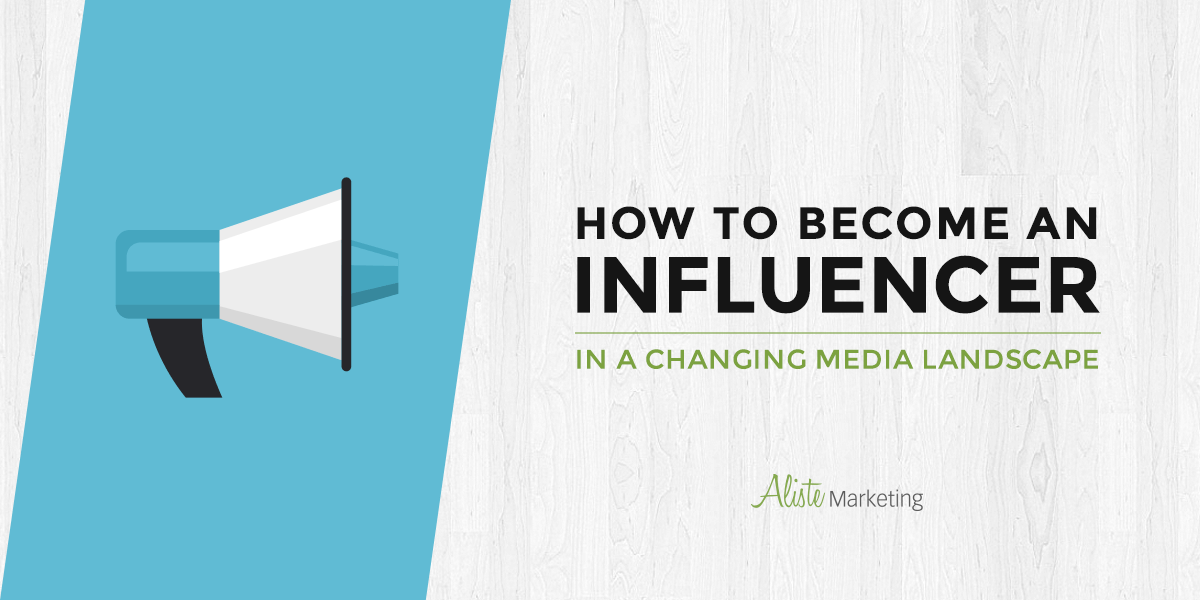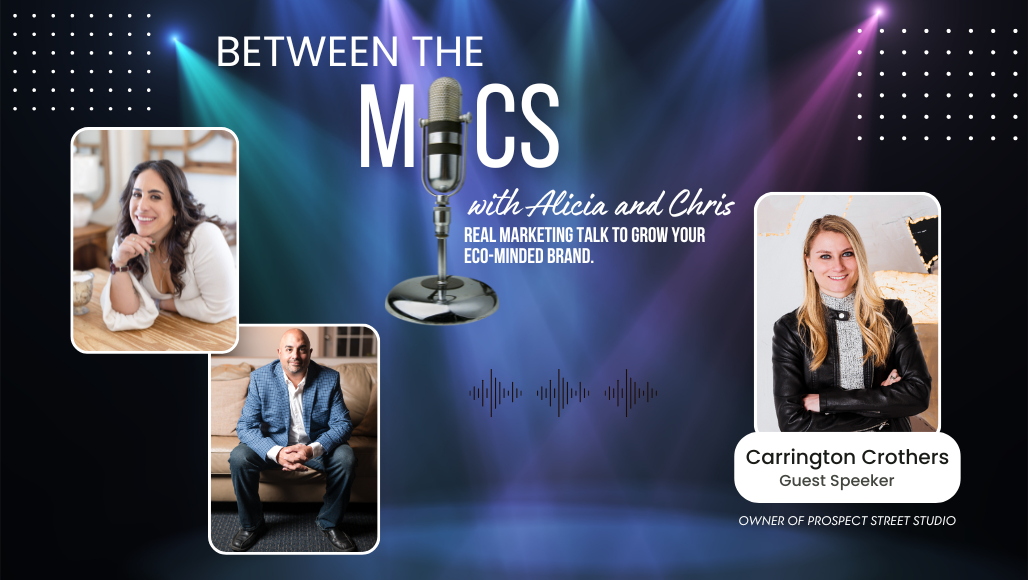Who isn’t wondering how to become an influencer?
If it seems like all you need to do is get a few thousand followers and give yourself the title, you might be right.
At least on the surface.
What is an influencer exactly? Less than two years ago, it was a relatively niche term used by marketers to describe industry titans.
We’re talking Oprah. Tony Robbins. Donatella Versace. Mark Zuckerberg.
In an incredibly short time, the term “influencer” has evolved greatly. Anyone with any level of influence now falls into this marketing category. However, it was previously only reserved for thought leaders and celebrities.
Today, thousands of social media users have built steady income streams by leveraging their loyal followers.
How did this happen?
We need to go back to the beginning.
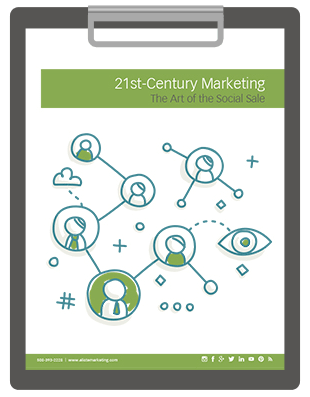
BONUS: Learn how to use social media to convert leads quickly, and prime your brand for influencer status. Download Our Guide Now!
The Evolution of Influencers
The world is fueled by both person-to-person connections and perception.
I’ll explain.
Everything from the words we use to the clothes we wear is inspired by our (sometimes subconscious) desire to live like, look like, or just plain be like the people we admire.
Let’s be honest: it’s been this way forever.
But over time, we’ve gone from imitating older siblings and the cool kids at school to taking inspiration from sports figures, movie stars, and even D-list celebrities.
Almost everyone who was alive in the early ’90s remembers Gatorade’s “Be Like Mike” commercial starring basketball legend Michael Jordan.
Take a look.
The film starts with footage of Jordan killing it on the basketball court, reminding everyone why they wanted to be like this charismatic, uber-rich athlete.
Here’s the thing:
No matter how much Gatorade fans drank—they could never really be like Mike.
(Sorry, guys.)
Celebrity endorsements have been around for years. What’s more, these campaigns are based on the fact that people can emulate the lives of their celebrity heroes by buying into the dream.
One product at a time.
Endorsements made by influencers tell consumers that they CAN be like them.
Take the same vacations…use the same hair products…eat the same fast food…follow the same process.
The strongest influencers often create opportunities for their community to feel connected to them.
This illusion creates loyalty.
Michael Jordan’s fans felt connected to him because “he played to win” for them.
Oprah spent her career “connecting” with her viewers.
Think about reality television for a moment. The consumer’s desire to feel like they too could be living the good life is the same reasoning behind the popularity of these shows.
In short, we have a strong tendency to be influenced by those who portray the kind of life we’d like to be living.
Thanks to social media, celebrity appeal is even greater.
This is largely due to the fact that they let us fully into their lives. The glamour is fun, but the everyday realness is equally enticing.
Chrissy Tiegan has nailed the “behind-the-scenes” Snapchat vibe. As a result, her fans love her more than ever.
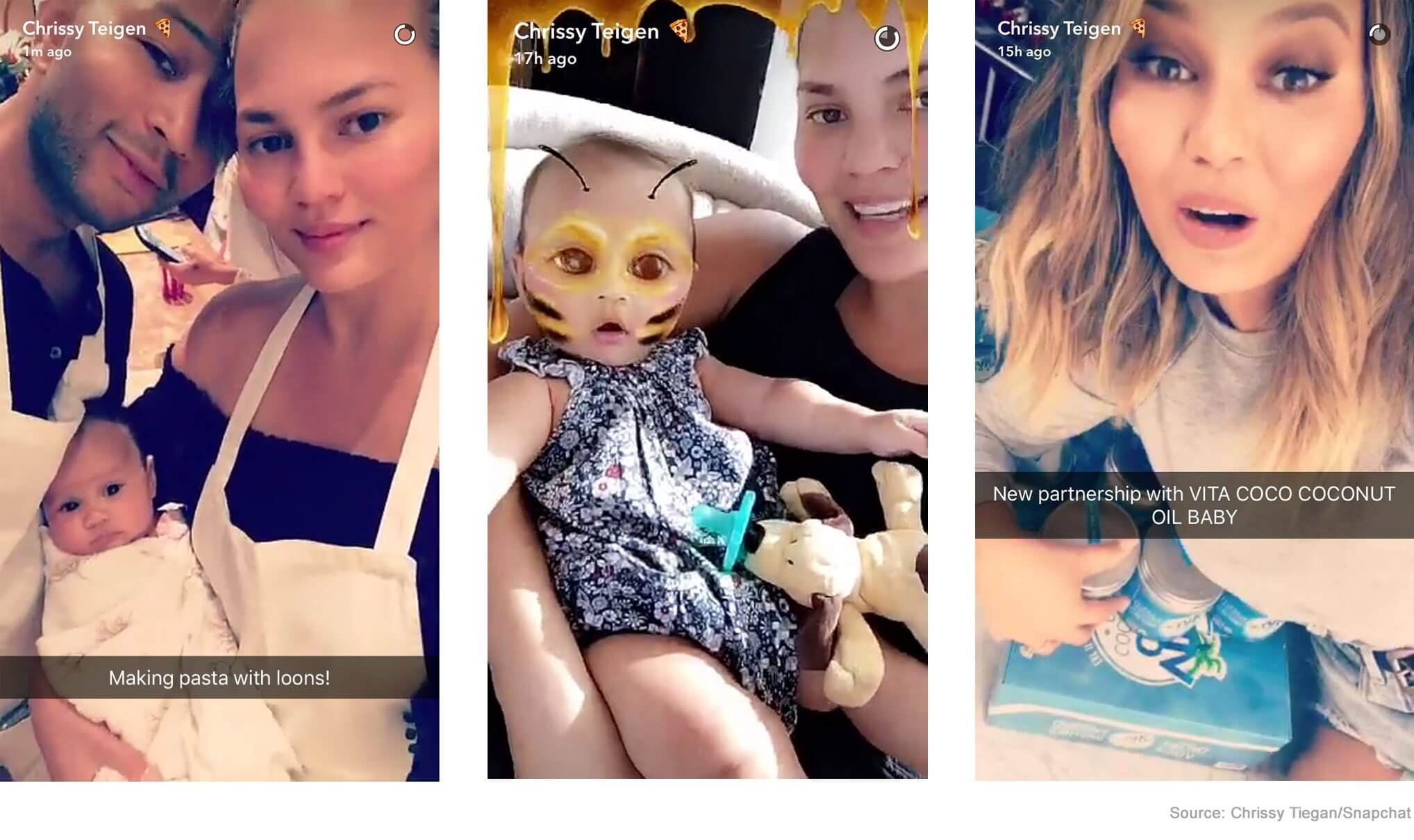
[clickToTweet tweet=”Influencers create opportunities for a community to feel connected to them. #influencermarketing” quote=”The strongest influencers often create opportunities for their community to feel connected to them.”]
As our traditional celebrity influencers took to social media, the illusion of “perfect” faded. People want to connect with something real. The celebrities who understand how to become an influencer are more real than ever.
You may still wanna Be Like Mike (or Chrissy) but marketers now know that more than anything…
You want to believe they’re just like you.
SEE ALSO: The Ultimate Guide to Using Snapchat for Business in 2017
The New Online Influencers
Digital marketing strategy tends to evolve at warp speed. This rings especially true when it comes to online influencers.
Consider this:
- To whom are we looking for fashion cues and makeup tips?
- Who are some of the most popular personalities offering life advice?
- Where are we spying the hottest home trends?
The likely answer to these questions:
A social media influencer.
So what does this new industry influencer look like?
Well, a lot like you and me.
As the internet continues to close the gap between celebrities and ordinary folk, we as a society are becoming more and more interested in what’s actually attainable.
We want to follow people who look like us because duplicating their success feels possible.
And it is possible.
Look at Liz Eswein. She first signed up for Instagram in 2011 and began posting pictures of New York City, where she lived, just for fun. As her following grew, so did interest from brands hoping to place their products in her photos.
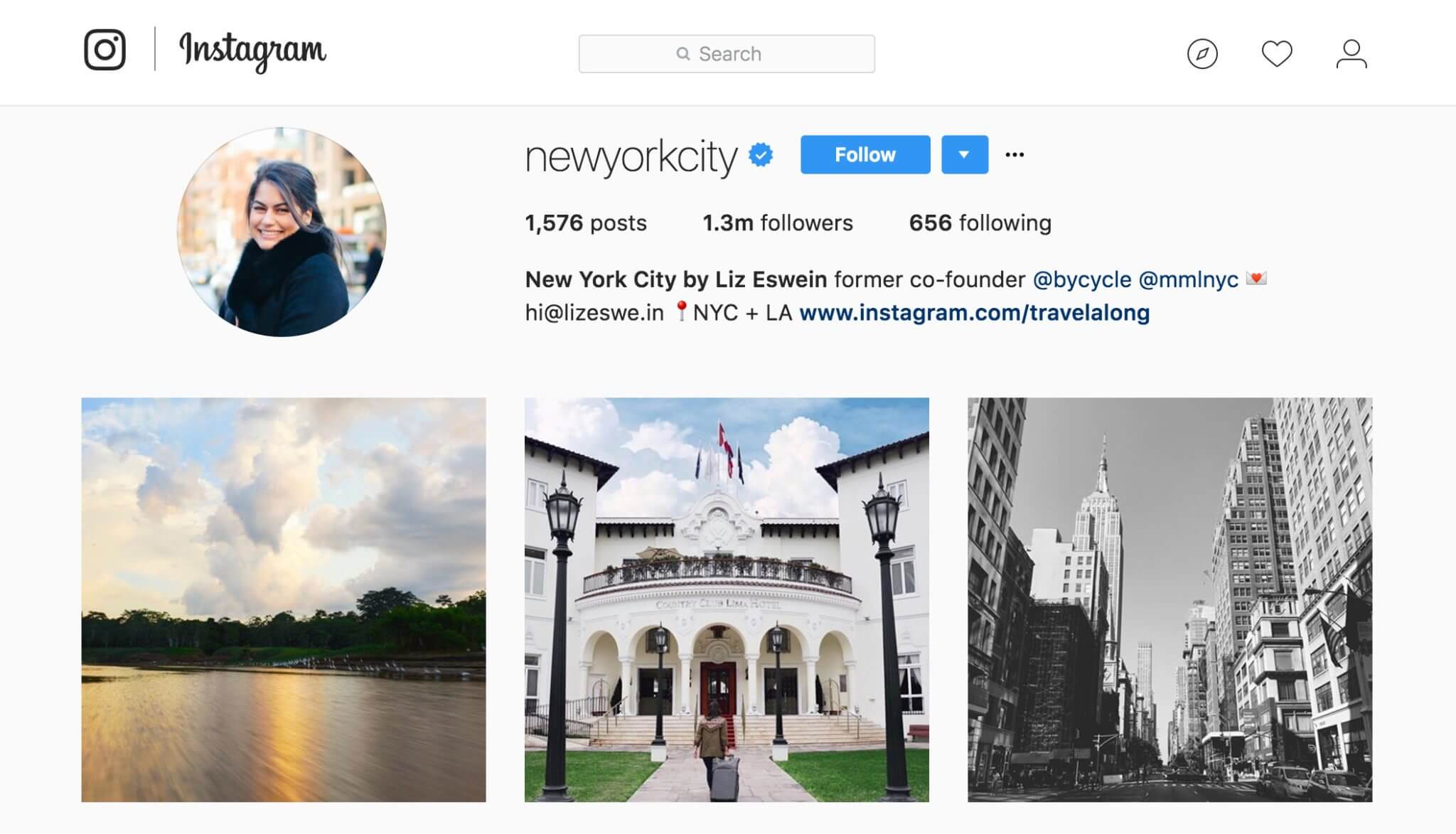
Source: Instagram/Liz Eswein
Back then, she got $50 per promotional post. These days she commands as much as $15,000 per sponsored shot.
She didn’t care about how to become an influencer. She’s not a celebrity. And that’s the draw.
She looks like your friend or your neighbor or even like you yourself. Therefore, that makes the scarf she’s wearing or the earphones she’s buying infinitely more interesting—and accessible.
There are thousands of Liz Esweins out there. Most are unknown by name, yet all making money by letting people into their lives on social media.
Seems like influence is not the rare commodity it once was. Such is the power of social media—and so goes the ever-changing nature of inbound marketing.
[clickToTweet tweet=”What does the new industry influencer look like? A lot like you and me. #influencermarketing” quote=”What does the new industry influencer look like? A lot like you and me.”]
How to Become an Influencer Today
Now that you have a solid grasp on what it really means to be an influencer, you know there’s a lot more to it than a few thousand followers.
The most noteworthy influencers embody a variety of things, including:
- Thought leadership in your industry
- An authentic personal brand
- Consistent social media presence
- Patience, persistence and strong collaboration skills
- An eye for trends in a changing media landscape
Let’s dig into each one of these further.
1. Thought Leadership in Your Industry
Thought leadership is defined by Forbes as “an individual or company that is recognized as one of the foremost authorities in selected areas of specialization, resulting in its being the go-to individual or organization for said expertise.”
To summarize, thought leaders are those who others look to for guidance.
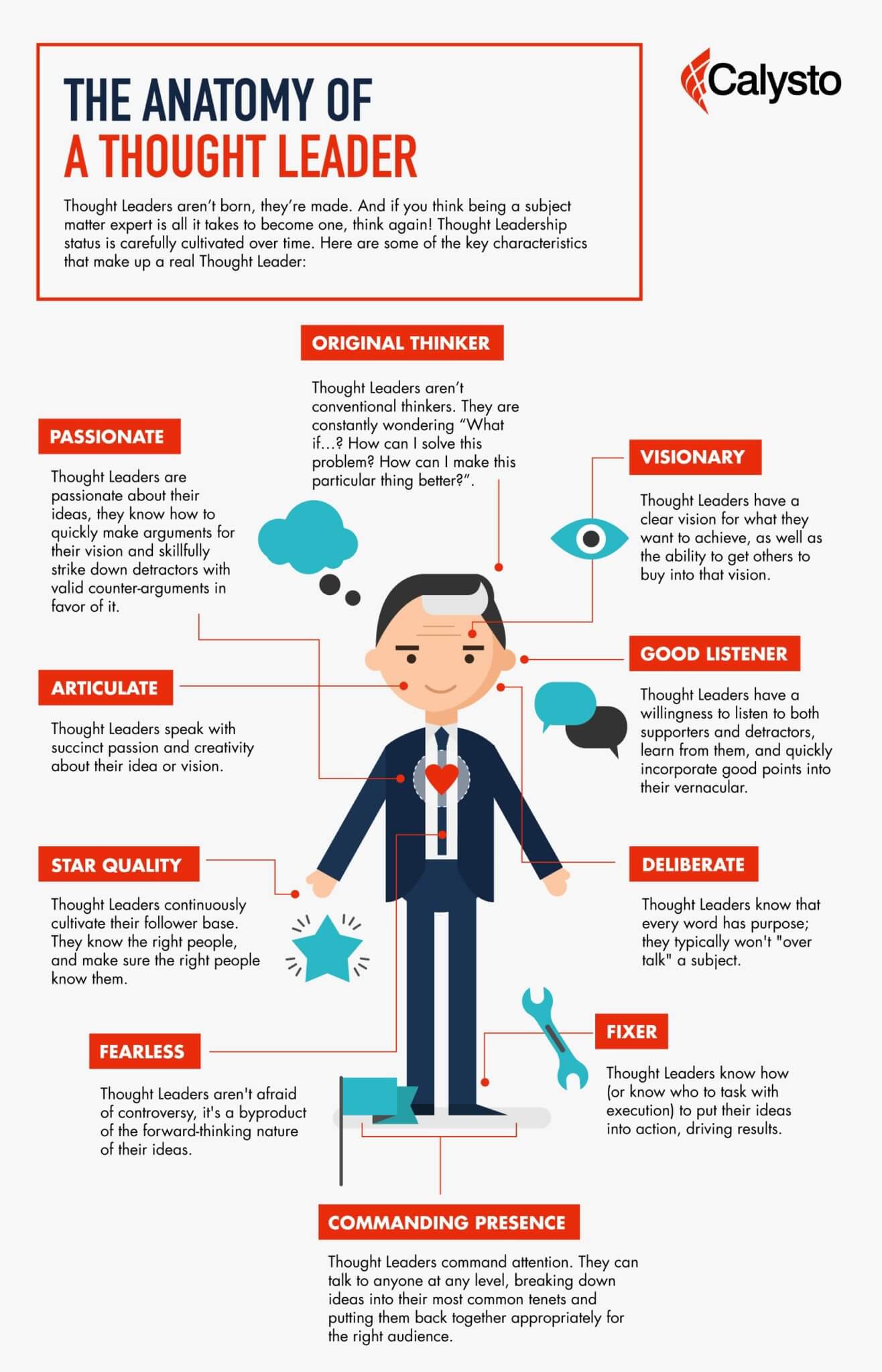
Source: Calysto
Positioning yourself as a thought leader is based on these key factors:
- Finding and knowing your audience
- Providing them with valuable, unique content
- Speaking to your audience in a relatable manner
There isn’t any room for copy cats when it comes to true thought leadership. Forming your own individual opinions is the only way to work towards this element of influence.
For example, real fashion influencers understand this concept. Seems like the best ones constantly showcase their personality by styling trends in their own way.
But, B2C isn’t the only place for influencers to shine.
Even B2B thought leaders should publish insightful content in an authentic voice, get involved in industry groups, and be active on the right social networks.
SEE ALSO: 7 New Types of Leadership Models for Innovative Thinkers
[clickToTweet tweet=”There isn’t room for copy cats when it comes to true thought leadership. #influencermarketing” quote=”There isn’t any room for copy cats when it comes to true thought leadership.”]
2. An Authentic Personal Brand
As mentioned earlier, people just want to feel like they can achieve a certain lifestyle portrayed by those we follow.
The more authentic and real your brand building is, the more likely you are to connect with current and potential followers.
Avoid talking about your life in a sales-y way and focus instead on relatable elements that others likely experience.
More than anything, your brand (aka YOU) should feel accessible.
Take a cue from airline mogul and businessman, Richard Branson, the first LinkedIn influencer to reach the 1 million follower mark.
In addition, you can see his community on Twitter is even larger.

Source: Twitter/Richard Branson
[clickToTweet tweet=”The more authentic your brand is, the more likely you are to connect. #influencermarketing” quote=”The more authentic and real your brand is, the more likely you are to connect with current and potential followers.”]
3. Consistent Social Media Presence
It’s proven that the best way to reach your audience is through social media. However, the platforms range depending on your social media goals.
Major channels include Instagram, Facebook, Twitter and Snapchat. Each of these platforms are used in notably different ways.
While they all offer live video and storytelling capabilities, Instagram seems to be the industry leader for many influencers.
The ability to curate a gorgeous static feed and share less-polished, behind the scenes looks at daily adventures is the perfect recipe for building a loyal community always looking for more.
Erin Conway of Kismet House found accelerated growth on the Instagram platform by showing up every day with home design content that consistently resonates with her audience.
To the tune of 90K+ followers on Instagram in an 18-month period.
Pretty awesome, right.

Source: Instagram/@kismet_house
What is Erin’s secret that lands her multiple collaborations and sponsors every month?
Humorous anecdotes accompanying beautifully styled photos of her home, and being accessible “in-person” via Instagram stories. On top of responding to virtually every single comment posted on her content.
Her advice for those starting out on Instagram:
“You have to hustle. You have to always be learning what works, what doesn’t, be willing to adapt and show up EVERY DAY.”
Facebook is also still highly valuable in the influencer space thanks to Groups and Personal Brand Pages.
Facebook Groups are especially influential.
Attribute this to the fact that Facebook’s algorithm liberally shares Group Posts in members’ News Feeds.
Twitter remains relevant as a platform for possible influence in certain industries more than others. While you may not see as many foodies or fashionistas there, service professionals are everywhere (marketers included!).
Other notable social media platforms include LinkedIn, Pinterest and Google+. If you’re looking for how to become an influencer in the B2B space, you’ll want to be active there as well.
[clickToTweet tweet=”Instagram seems to be the industry leader for many influencers. #influencermarketing #smallbiz” quote=”Instagram seems to be the industry leader for many influencers.”]
4. Patience, Persistence and Strong Collaboration Skills
You likely already know that you can purchase followers, likes and comments on Instagram. These “black hat” practices have spread far and wide. More than a few “influencers” are just faux accounts propped up on false engagement.
I opened this article poking fun at the notion that it only takes a few thousand followers, and the audacity to call yourself an influencer to actually be one these days.
The fact is, you can fake your way into a few partnerships and some freebies. But I know you’re reading this because you want to do it right.
Doing it right means having patience and persistence. Connect with people by engaging with them honestly!
Respond to comments. Support others. Collaborate!
Speaking of collaboration, the goal for any successful influencer is to generate partnerships with brands.
Brands who are vetting potential influencers want to see what they’re potentially working with. A great way to showcase your ability to influence your community before you’ve landed your first real deal, is to create your own partnership opportunities with others.
What does this mean? Well, you’re already connected to others in your space (think foodie, photographer, etc)…right?
This opens opportunities to collaborate.
For example, if you’re a makeup artist hoping to attract the attention of beauty brand Nars, you might approach one of your biz besties to conduct a Nars-based giveaway. Invest in a few great products and cross-promote the giveaway on both platforms.
Remember to create unique content! In this case, a look or even a tutorial using the products would be ideal.
Regardless of your niche, get creative and collaborate as often as possible. Not only will this organically grow your audience, but it provides examples of your partnership capabilities to big brands.

Source: Twitter/@madalynsklar
Marketing influencer Madalyn Sklar, has built up her Twitter community to an impressive 64,000+ followers.
How did she establish her influence?
By consistently posting valuable original and curated content, constantly engaging on the platform, and teaming up with others in the industry—for years.
A captivated and loyal fan base supports her #TwitterSmarter Twitter chat and podcast of the same name. In addition, she regularly speaks at industry conferences and has been ranked the #1 Social Media Power Influencer in Houston, TX.
As you can see: patience, persistence, and collaboration pays off!
[clickToTweet tweet=”Have patience & persistence. Connect with people by engaging honestly! #influencermarketing” quote=”Have patience and persistence. Connect with people by engaging with them honestly!”]
5. An Eye for Trends in a Changing Media Landscape
When it comes to how to be an influencer, the last important factor relates to trends in media.
This trend factor is actually two fold. Keep in mind:
- Thought leadership in your space is all about sharing your take on relevant trends and possibly even setting new ones.
- Understanding the changing media landscape ensures you’re on the right platform at the right time as technology and platform trends evolve.
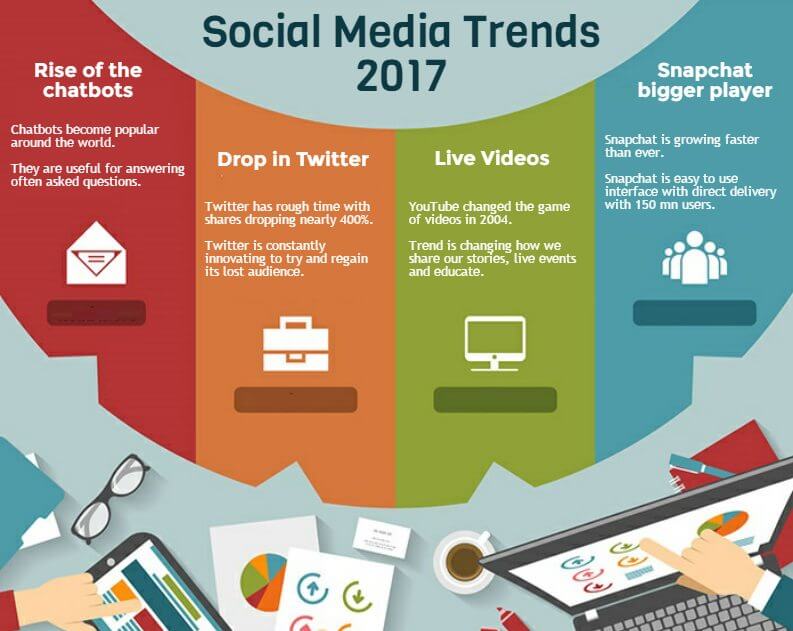
Source: Delhi School of Internet Marketing
We went over thought leadership earlier, but let’s dig a bit deeper on the tech trend element.
Knowing where your audience consumes content is essential.
Giants like Youtube are a given, but who will be the next Snapchat? It’s impossible to know, so we recommend assuming your audience will find their way to the new platform “you keep hearing about.”
Get on them early and often. Periscope didn’t last more than a year before Twitter repurposed it. But, the connections created by early-adopters live on.
Remember: most of the platforms won’t last.
It can be hard to justify the effort spent learning and creating content for unproven social media apps. Therefore, while you’re testing the waters, consider repurposing content for newer networks so it’s less time-consuming.
A lot of people waited to see what would happen with Snapchat before tapping into the audience.
People like DJ Khaled and brands like Taco Bell catapulted themselves into the faces of millions well outside their normal audience because they didn’t sleep on the new platform.
Finally, make it your business to know about new, upcoming platforms.
[clickToTweet tweet=”Thought leadership is sharing your take on trends & setting new ones. #influencermarketing” quote=”Thought leadership is all about sharing your take on relevant trends and possibly even setting new ones.”]
Conclusion
With an increasing desire for authentic engagement, brands are creating endless opportunities for online influencers.
Even traditional media has jumped on board. As a result, Instagram influencers are being featured in print and television advertising almost as regularly as models and celebrities.
Reaching influencer-celebrity status won’t happen overnight. Furthermore, it won’t happen for most people because it takes considerable time and effort.
If you are willing to be one of the few who dedicates the time necessary to create unique content, engage with your community and showcase your partnership skills, we commend you!
If you’re wondering how to become an influencer, follow these tips:
- Share original thoughts.
- Be authentic.
- Be consistent.
- Have patience and persistence.
- Finally, stay ahead of the trends.
Now that you know how to become an influencer, tell us what brand or individual is influential in your life?
Share in the comments below!

BONUS: Learn how to use social media to convert leads quickly, and prime your brand for influencer status. Download Our Guide Now!

